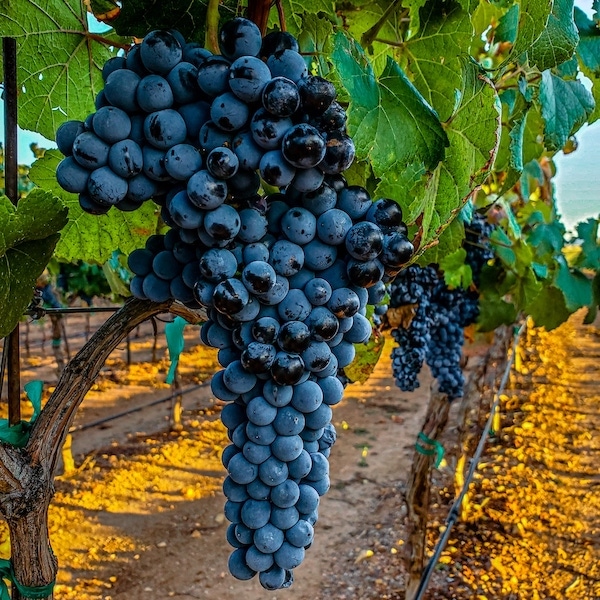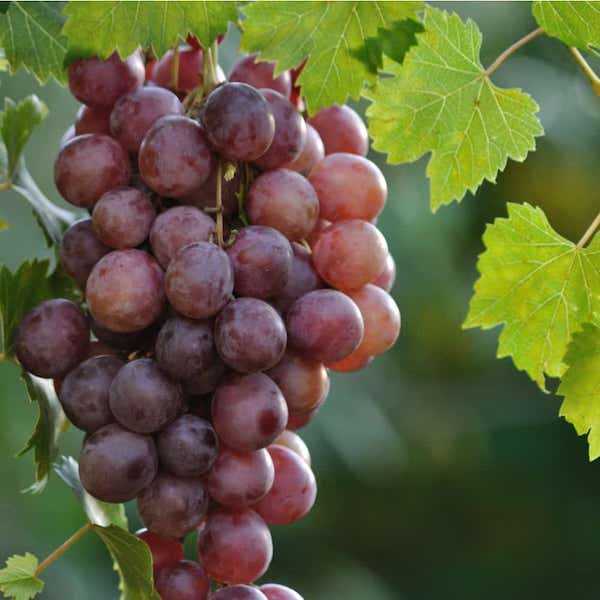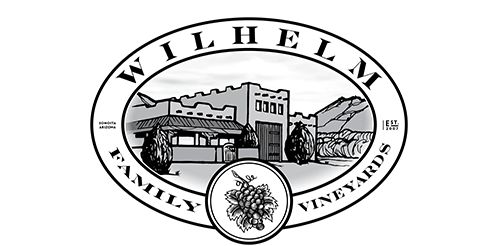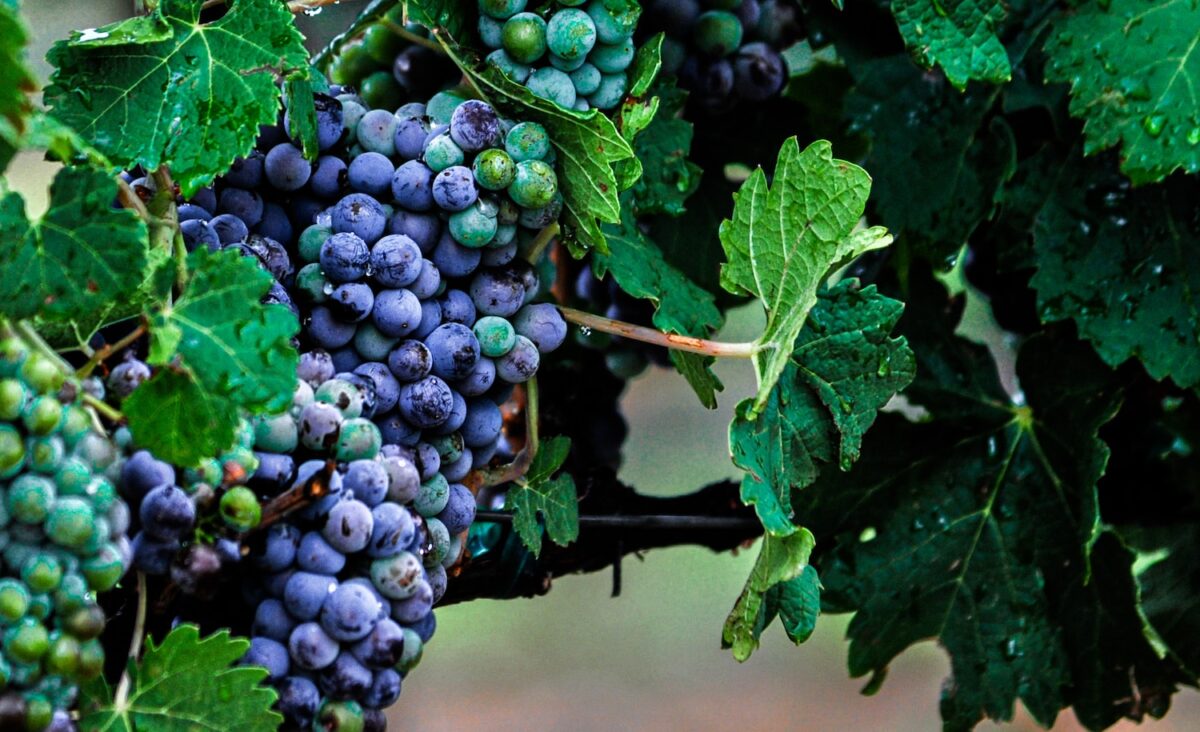There are approximately 600 grapes in the average bottle of wine, but these aren’t just any grapes. If you purchased grapes from the grocery store and tried to make wine, you likely wouldn’t be impressed by the results. It is technically possible to ferment these grapes, which are known as table grapes, but they don’t produce wine with the same structure and flavors as actual wine grapes. Likewise, eating a wine grape right off the vine is very different from eating a table grape. These grapes are edible, but they’re meant to be enjoyed as wine rather than eaten directly. Knowing the difference between the types of grapes you buy at the store and the types of grapes we grow at our vineyard can help you better understand the winemaking process.
Categorization of Table and Wine Grapes
Grapes are classified according to taxonomy, which is a biological system for naming different organisms. There are multiple groups called taxa that any living thing can be placed in based on shared characteristics. The taxa are ordered in a hierarchy that becomes more and more specific.
All grapes are in the order Vitales and the family Vitaceae, which also includes some other types of vines. The genus Vitis is more specific and includes the different wine and table grape species that are cultivated around the world. Within this genus, there are a variety of different species. Vitis vinifera is the most common and all wine grapes are variations of this species. Many table grapes are as well, although some are not. For example, Concord grapes are a type of Vitis labrusca, a related but slightly different species.
If all wine grapes and most table grapes are the same species, what makes them different? This is similar to the various breeds of dogs. Even though they are the same species, these grapes have been selectively cultivated over the years to favor different characteristics.
Qualities of Wine Grapes vs Table Grapes
Wine Grapes

Wine grapes have thicker skin, which imparts more flavor into the wine. These grapes are also smaller than table grapes, resulting in a more concentrated taste. In addition to being smaller, there are fewer wine grapes on a vine. This is because a smaller yield helps ensure that each grape is strong enough to produce high-quality wine. They have large seeds that take up a significant portion of the fruit. Like the skin, this is important for giving wine more flavor. Finally, wine grapes are sweeter. Brix is a measure of the sweetness of a liquid and wine grapes have a brix of 24-26, compared to 17-19 for table grapes. This is important because sugar becomes alcohol during fermentation.
Table Grapes

Table grapes have thin skin so that you can easily bite into them and they also have no seeds or very small seeds. Whereas the focus with wine grapes is producing a smaller number of high-quality grapes, a higher yield is a major goal for table grapes. This is because each individual grape doesn’t need to have an intense flavor to be enjoyable and a lower yield would lead to higher prices.
Questions About the Winemaking Process?
At Wilhelm Family Vineyards, we are passionate about winemaking and are happy to talk with you more about the process. If you have any questions about how we grow our grapes or what the process of creating our local wines is like, let us know. You can visit us at our estate winery in Sonoita or our tasting room in Tucson.
Visit us today to try our delicious Spanish wines.

